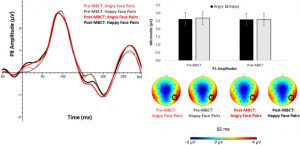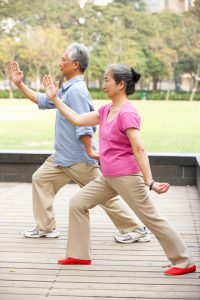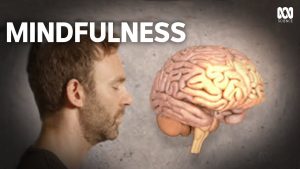Reduce Affective Polarization with Mindfulness
By John M. de Castro, Ph.D.
“Today’s political language is harsh and inflexible, and the volume keeps increasing while neither side is really listening. Mindfulness is a practice of of deep listening, and can be used to decode language without resorting to knee-jerk reactions.” – Pamela Weiss
Affective polarization is defined as the difference in feelings and perceptions towards the political ingroup and the political outgroup. It has become the norm in wester political discourse. In the U.S. it shows up as liberal vs. conservative while in the U.K. it shows up as Brexit leave vs, stay. But it is harmful to useful discussion and debate. It may be seen as poisonous to democracy making reasoned political discourse impossible. Hence, it is important to discover means to overcome affective polarization.
Mindfulness involves nonjudgemental awareness and nonreactivity. These characteristics may be antidotes to affective polarization as critical judgement of others and over reaction to their beliefs underlies affective polarization. So, it would seem reasonable to examine the relationship of mindfulness to affective polarization.
In today’s Research News article “Effects of an 8-Week Mindfulness Course on Affective Polarization.” (See summary below or view the full text of the study at: https://www.ncbi.nlm.nih.gov/pmc/articles/PMC8739379/ ) Simonsson and colleagues recruited college students and randomly assigned them to either wait-list control condition or to receive 8 weekly 90 minute mindfulness trainings along with home practice. They were measured before and after training for Brexit identity (leave or remain), mindfulness (FFMQ), affective polarization (strength of Brexit feelings), and trait ratings about people with their same Brexit identity.
They found that in comparison to baseline and the wait-list controls after mindfulness training there were significant increases in mindfulness and significant decreases in affective polarization. Hence, mindfulness training reduces political polarization. This is important and suggests that mindfulness training should be encouraged across the political spectrum.
“a brief, audio-guided, befriending-themed meditation reduced affective polarization between people on the “Remain” versus “Leave” sides of the U.K.’s Brexit referendum.” – TrendMD
CMCS – Center for Mindfulness and Contemplative Studies
This and other Contemplative Studies posts are also available on Twitter @MindfulResearch
Study Summary
Simonsson, O., Bazin, O., Fisher, S. D., & Goldberg, S. B. (2022). Effects of an 8-Week Mindfulness Course on Affective Polarization. Mindfulness, 13(2), 474–483. https://doi.org/10.1007/s12671-021-01808-0
Abstract
Objectives
The European Union Brexit referendum has split the British electorate into two camps, with high levels of affective polarization between those who affiliate with the Remain side (Remainers) and the Leave side (Leavers) of the debate. Previous research has shown that a brief meditation intervention can reduce affective polarization, but no study has thus far investigated the effects of an 8-week mindfulness program on affective polarization. This is what will be examined in this study.
Methods
The present study used a randomized waitlist control design (n = 177) with a 1-month post-intervention follow-up to investigate whether an 8-week mindfulness program delivered online would have an effect on affective polarization among Remainers and Leavers.
Results
Results showed significantly greater reductions in affective polarization over time for participants in the mindfulness condition relative to participants in the waitlist control condition (time X group B = − 0.087, p = .024).
Conclusions
Taken together, the findings highlight the potential of mindfulness training as a means to reduce intergroup biases in political contexts.
https://www.ncbi.nlm.nih.gov/pmc/articles/PMC8739379/









